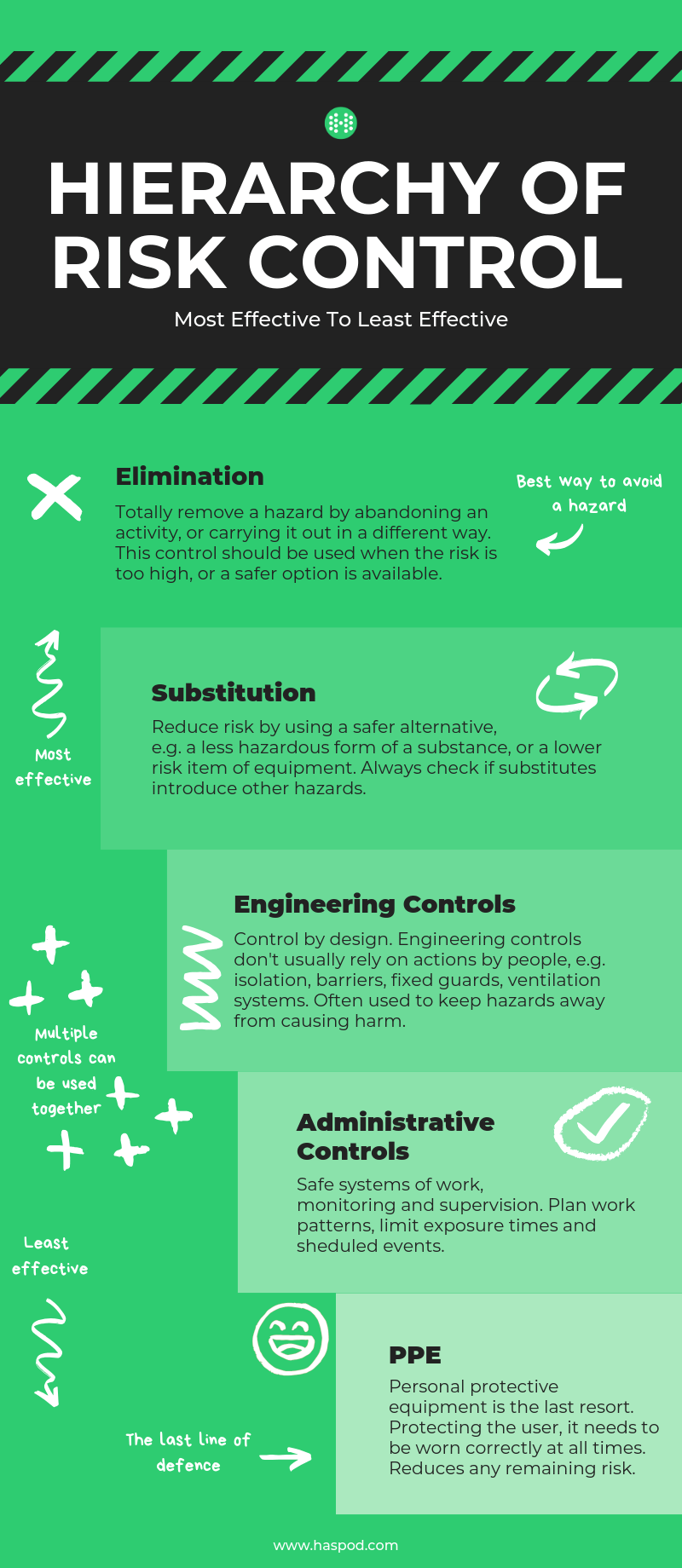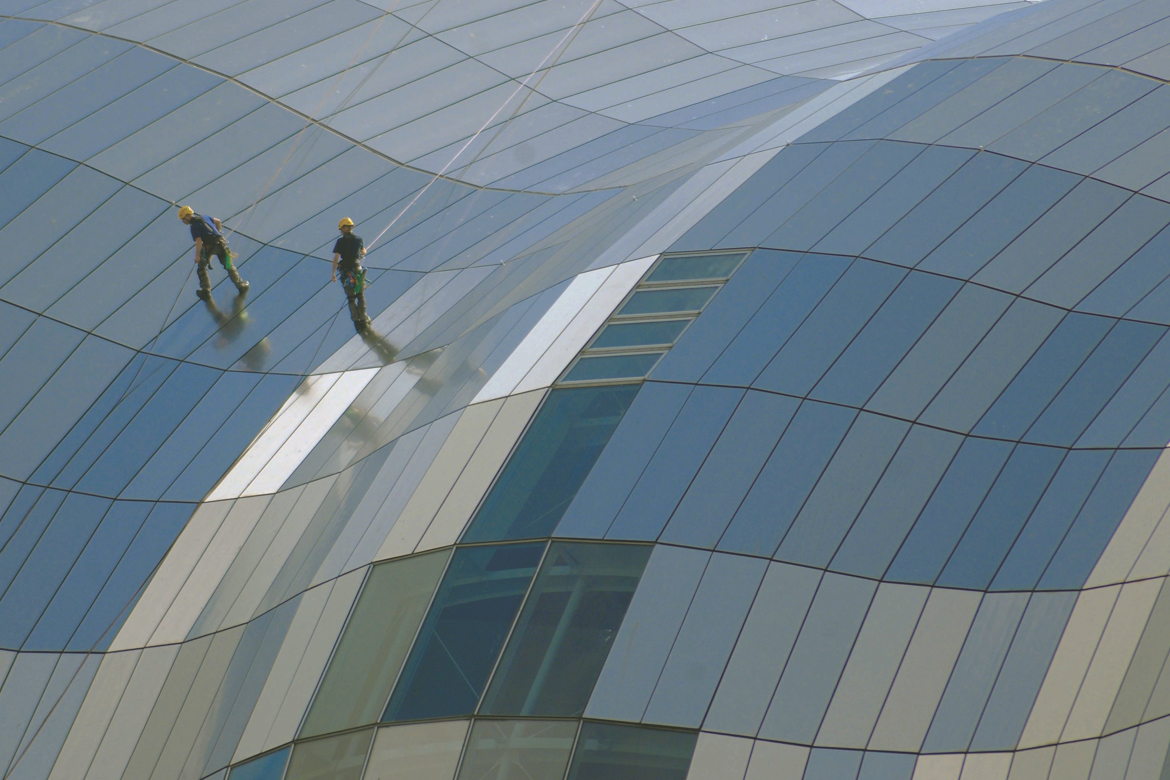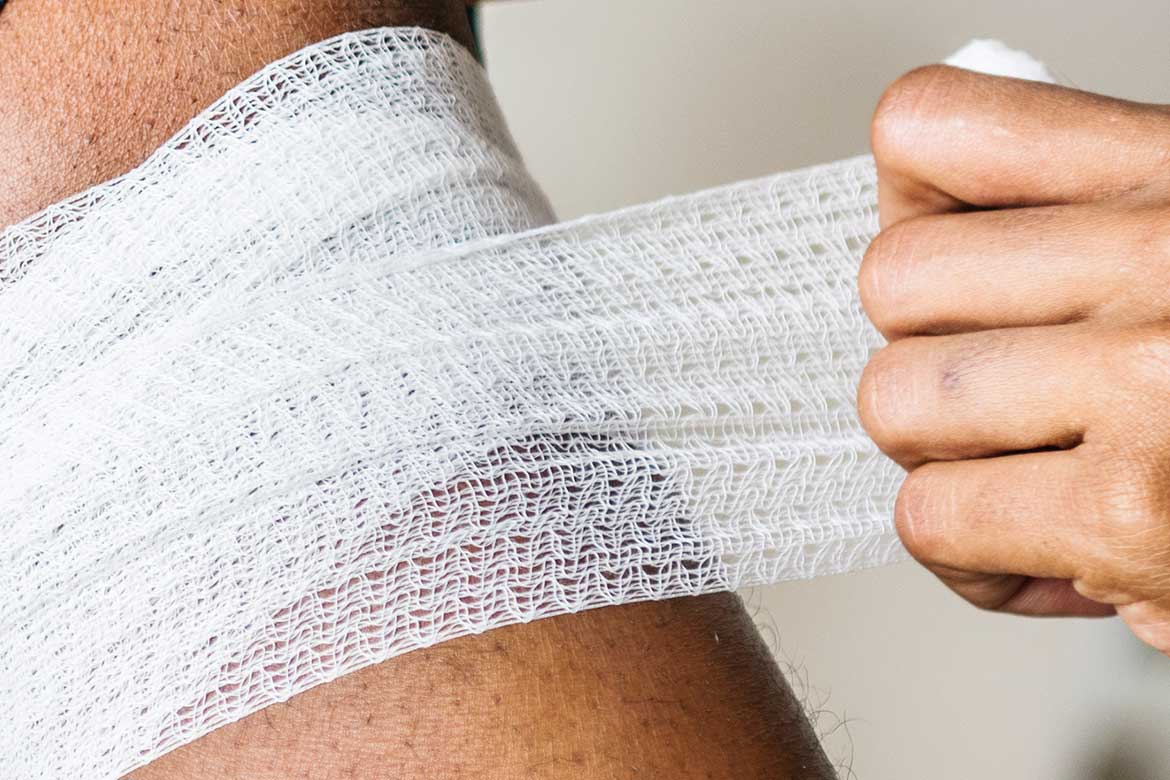28th August, 2024
Collective Protective Measures Vs Personal Protective Measures
Collective protective measures protect everyone or a group of people, they can be put in place once, and control the risk for many. Personal protective measures protect individuals, activated by each user to protect themselves. Let's look at some examples.

Control measures are things you put in place to reduce risk and prevent harm. Control measures are needed to keep people safe, and it's step three of the 5 steps to risk assessment (control the risks).
Control measures can be:
- Collective protective measures, or
- Personal protective measures
Collective protective measures protect everyone or a group of people. Collective measures can be put in place once, and control the risk for many.
Personal protective measures protect an individual. Each user needs to activate personal protection to protect themselves from the hazard.
Employers have a legal responsibility to protect their employees from harm, but deciding on the right control measures is often a question of assessment, judgment, guidance and experience. The law doesn't tell you what control measures to use but it does require employers (and the self-employed) to reduce the risk as low as is reasonably practicable (ALARP).
So when should you use collective controls? And when might personal protection be better?
Despite the title of this post, you don't just have to pick one or the other. You can use collective protective measures with personal ones. Or, using one type of control might eliminate the need to use another. In this post we will look at examples of each, and when one type is better than the other.
What are collective protective measures?
Collective measures are called collective because they protect more than one person. They protect a group, or even everyone, doing the task.
of or shared by every member of a group of people:
For example:
If you are working at height, using a scaffold gives everyone on site safe access.
If you use dust extraction, it reduces the risk of dust inhalation for everyone.

When should you use collective protective measures?
Usually, collective protective measures are the best option, and should always be considered first. Not only because they protect many, but also because they don't usually require action by the individuals using them.
The hierarchy of risk control tells us that some controls are more effective than others.

The top two most effective control measures (elimination and substitution) can be considered to be collective protection measures. If you eliminate a hazard, it removes the hazard for everyone.
Other controls, like engineering controls, could be collective or personal.
For example, if your team is working on a roof, then edge protection around the perimeter will protect everyone from falls. A physical barrier is put in place at the start of the project, and anyone who accesses the roof benefits from its protection, without needing to take further action. It's a collective control measure.
An alternative personal protection measure could be a harness and a lanyard. However, each user who accessed the roof area needs to remember to wear their harness and clip on to a safe anchor point each time they access the roof area. It only protects the user if they remember to take action.
Collective control measures should always take priority over personal control measures. Collective measures protect more than one person at any one time, eg scaffolds, airbags, nets etc and they are usually passive (ie they require no action by the user to work effectively).
When should you use collective control measures? Well, as much as possible. Collective protective measures benefits are that they:
- Protect more than one person at a time
- Are often passive and require no action by the user
So collective controls should be preferred over personal controls.
If you can use a collective control measure, to protect everyone, then it makes sense to do that. It will help ensure that you have reduced risk as low as possible, and protected as many people as you can.

What are personal protective measures?
Personal protective measures or personal controls are, well, personal. You'll often find this type of control referred to as PPE (personal protective equipment).
Instead of protecting a collective or group of people, personal protective measures protect an individual. For example, ear defenders only give the person wearing them hearing protection.
For example:
If you are working at height, a lanyard and harness can prevent a user from falling.
If you are cutting concrete, a dust mask can protect a user from inhaling silica dust.

When should you use personal protective measures?
Just because personal protective measures only protect the user, doesn't mean they shouldn't be used, or that you should only use collective measures.
Sometimes, only personal protective measures may be practical.
Or some risk may remain after using a collective measure.
For example, if you have people working overhead, you may have scaffold up with netting. This may give some protection to the people working below from falling objects. But it doesn't completely eliminate the risk. Hard hats can be worn to give extra protection, and a rule enforced that they must be worn by everyone on site.
Personal control measures rely upon personal protective equipment and only protect the user, eg fall-arrest harnesses. They are usually active (ie they require the user to do something for them to work effectively, such as clipping PPE lanyard onto an anchorage point at all times).
Sometimes, there might not be a collective protection measure available to reduce risk to an acceptable level.
For example, going back to hearing protection, once machinery noise has been reduced as much as possible, with equipment selection and enclosures, noise levels in the work area might still be too loud. Ear defenders might be the only option remaining to reduce noise exposure to workers.

When should you use personal protective measures? Usually, after collective measures have been considered or implemented, and where there is still some residual risk remaining.
The benefits of personal controls are that they are:
- Another layer of protection
- Help reduce risk further
- Easy to see the control is in place
Here are 50 reasons you should wear and use PPE.
Collective vs personal
Often, the best way to control a hazard and reduce risk is through a combination of controls. You don't have to pick one against the other. You can use both types together to give the best level of protection.
Collective protective measures are great because they benefit everyone and usually work without anyone needing to take action. But personal protective measures can also be a great way to reduce risk as low as possible and keep your workforce safe.
PPE, or personal protective measures, is the last line of defence against a hazard. While it shouldn't be your first choice when controlling risks, it can give added protection for any remaining level of risk, or should other controls fail.
When using controls together, always make sure they are compatible with each other and don't introduce other hazards or risks.
If you are wondering which risks you need to control first, use the free risk assessment calculator to find out where risk is highest. Check out our risk assessment templates for help with your paperwork.
This article was written by Emma at HASpod. Emma has over 10 years experience in health and safety and BSc (Hons) Construction Management. She is NEBOSH qualified and Tech IOSH.
Better health and safety...
We are here to help you and your business put safety in everything.
Learn MoreRecent posts like this...

HSE Fee For Intervention Charges Explained
FFI stands for 'fee for intervention', which was introduced under the Health and Safety (Fees) Regulations 2012. FFI aims to recover the HSE's costs, including inspection, investigation and enforcement action, charging businesses that are in breach of health and safety regulations.
Read Post
How To Plan For Better Health And Safety At Work
If you want better health and safety, you need to plan for it. And who doesn't want to stay safer and have fewer accidents and ill health in their workplace? In this blog post, we look at how to plan for better health and safety at work.
Read Post
No Injuries, No Health And Safety Problems!?
It's been over a year since the last injury in your workplace. But just because you haven't had any accidents doesn't mean you are safe or that your health and safety performance is good. Your accident reporting system might just be hiding the truth. No injuries, no problems!? Don't count on it.
Read Post